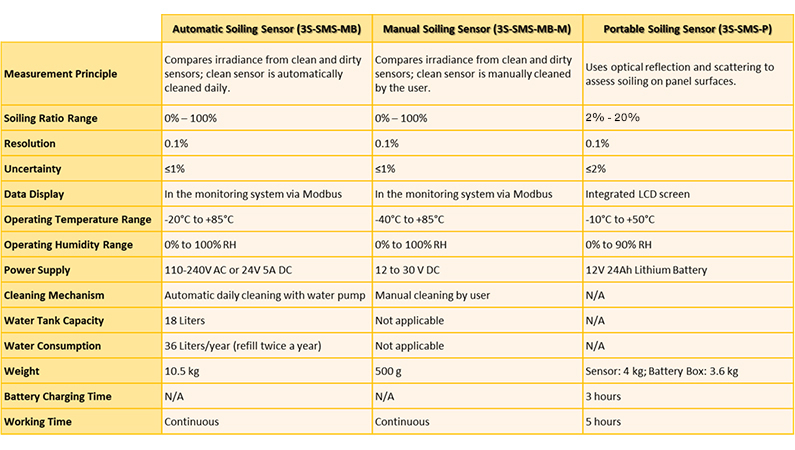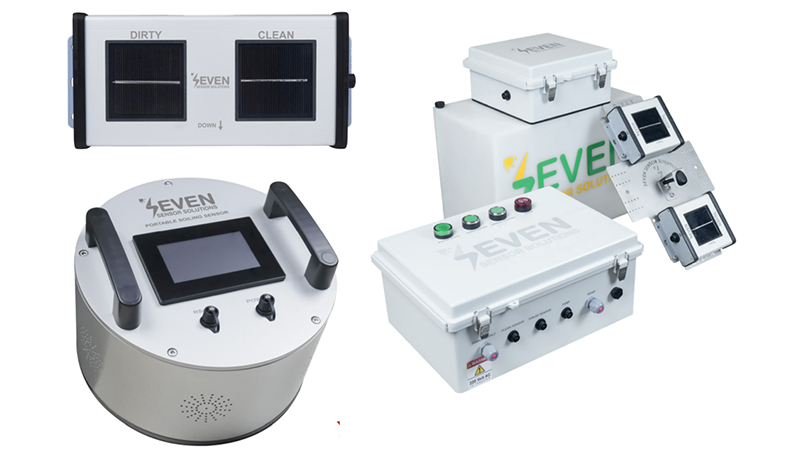Picking the right soiling sensor is not just a technical decision, it really depends on what your project needs, where you are installing it, and how much maintenance you are able (or willing) to do. The first thing to think about is the type of sensor: are you looking for a manual model, an automatic system, or something portable that you can move around?
Manual sensors are operated by hand and tend to be more affordable and straightforward. They are great for smaller installations or tighter budgets, but they do not offer real-time monitoring unless the “clean” reference cell is cleaned manually on a daily basis. Automatic sensors, on the other hand, can track soiling continuously and send data without anyone needing to step in, making them ideal for larger or remote solar plants. Then you have got portable sensors, lightweight, easy to use, and great for quick spot checks across multiple sites.
Manual Soiling Sensors: Affordable and Straight to the Point
Manual soiling sensors are about as simple as it gets. They measure how much dirt or dust has built up on solar panels by comparing a “clean” reference cell with one that is exposed to the same dust the panels are exposed to. You have to clean that reference cell yourself on a regular basis if you want accurate results.
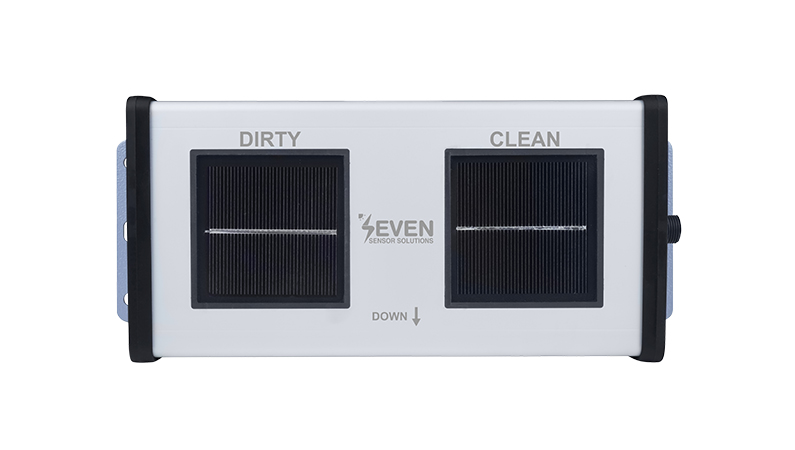
The upside is their price as these sensors are usually the cheapest option and can be a solid choice for small-scale systems or pilot projects. However, they do require someone to clean them regularely, and that can be a hassle over time. If the sensor is not cleaned often, the data will drift and lose reliability. Still, for many users, the simplicity and low cost outweigh the downsides.
Automatic Soiling Sensors: Set It and Forget It
Automatic soiling sensors take the manual work out of the equation. They include built-in cleaning systems, usually using pure water under pressure, to keep the reference cell clean at all times. This means you get a steady stream of accurate, real-time data without worrying about daily maintenance.
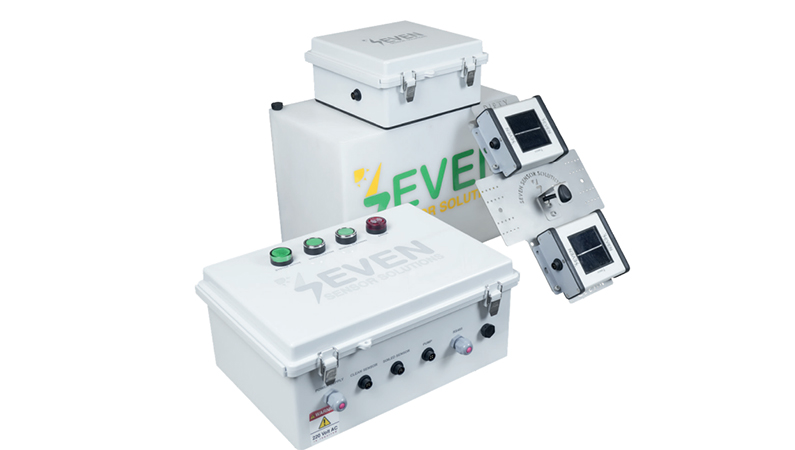
This kind of system is perfect for large PV plants or for installations where access is limited. By minimizing human error and reducing variability in the readings, automatic sensors help operators maintain high energy output and quickly detect when dust or dirt starts to impact performance.
Portable Soiling Sensors: Quick, Convenient, and Flexible
Do you need to check soiling at different locations without committing to permanent installation? Portable soiling sensors have being developed for that. They are compact, easy to carry, and designed for fast deployment across multiple points in a PV Plant.
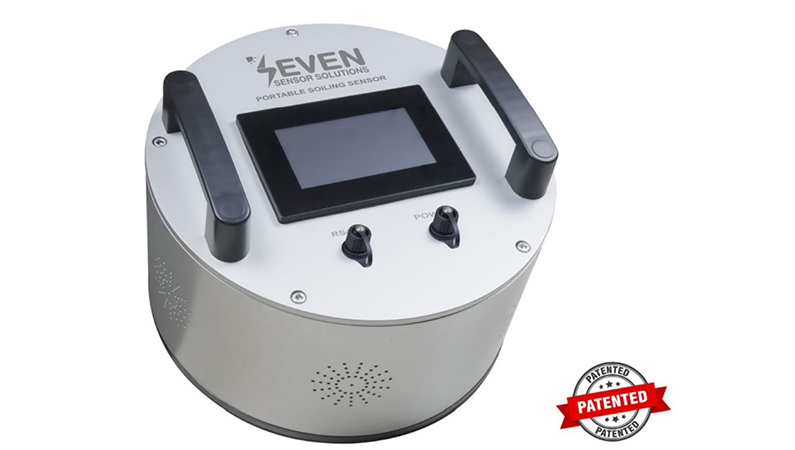
Although the portable Soiling Sensors do not provide continuous monitoring like fixed units, they shine when it comes to flexibility. For operations and maintenance teams, researchers, or solar consultants, having a portable option makes it easy to diagnose problems, validate cleaning schedules, or collect data for performance studies.
Which Soiling Sensor Is Best for You?
There is no one-size-fits-all answer. Each sensor type comes with its own features, and the right choice depends on your site, goals, and resources.
If you are working with a limited budget and can handle some manual upkeep, a manual sensor is a great place to start. For those needing real-time, consistent data with minimal maintenance, automatic sensors are a smart investment — especially for utility-scale solar farms. And if your job involves inspections, mobile assessments, or testing different locations, a portable sensor gives you the freedom to move and measure on your own terms.
The following table summarizes the technical differences between the three models of Soiling Sensor SEVEN offers.
